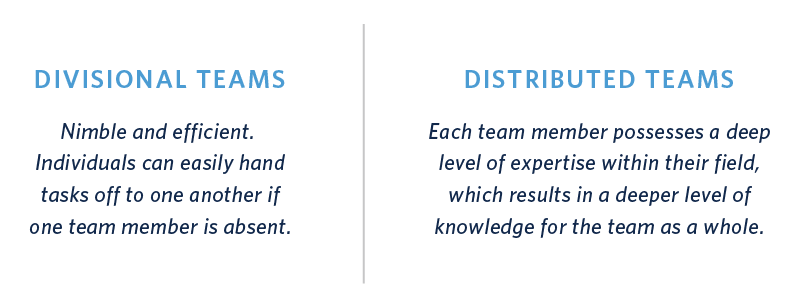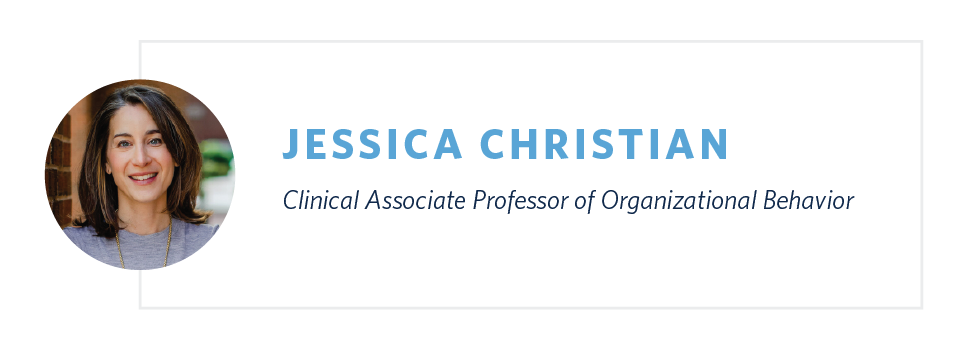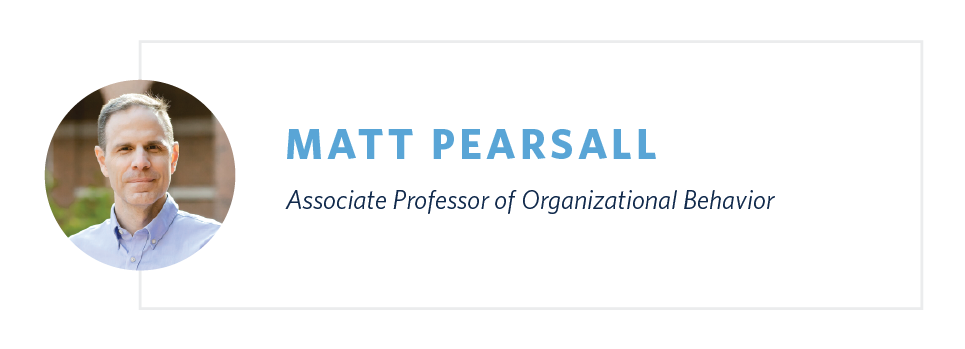Thought Leadership
Prevent Bad Things from Happening by Building the Right Team

Resilience is a key characteristic of an effective leader. Whether leading a team or an entire organization, the ability to withstand and recover from setbacks is critical in our tumultuous business environment. Understandably, then, professionals in the executive education space have traditionally devoted much time and attention to personal resistance. Less well studied, however, is the phenomenon of how teams weather setbacks.
UNC professors Jessica Christian and Matt Pearsall have studied team resilience for nearly a decade. Their research has unlocked insights that leaders can use to build teams that are more resilient to setbacks, and, even more crucially, to prevent setbacks from happening in the first place.
Choose Wisely
Research reveals that teams can tap into a form of resilience that individuals cannot: prevention. According to Jessica and Matt, “teams have the unique ability to prevent bad things from happening in the first place, rather than merely weathering a catastrophe and then later recovering from it.”
In light of these findings, team leaders have a unique opportunity to avoid many errors and setbacks by choosing the right type of team for the goal at hand.
Team Structures: The Basics

Jessica and Matt explain that bad things often happen because of our natural tendency to focus on the immediate “here and now.” However, leaders can avoid this short-term bias and leverage prevention resilience by choosing the right team structure.
There are two main types of teams: divisional and distributed. Each has its own strengths and weaknesses. The first step in unlocking prevention resilience is to reflect on the team’s ultimate purpose and goals. From there, leaders can choose the team’s structure accordingly.
1) Divisional Teams
As the name suggests, divisional teams are organized around the division, or the function that the team performs. In this type of team, members possess similar skills and often have shared expertise. On a sales team, for example, the individuals possess the same knowledge about the product or service they are selling.
Strengths
Divisional teams are nimble and efficient. Because individuals share the same knowledge, they can easily hand tasks off to one another if one team member is absent. If your primary goal is to get work done quickly and efficiently, then this type of team is the best choice.
Weaknesses
Because team members all share the same knowledge, the performance “ceiling” is very low.
2) Distributed Teams
In distributed teams, knowledge is divided into subcomponents. Each individual is an expert in their specialty, and this specialty is all they know. A strong example is a legal team, as each lawyer is charged with becoming an expert in their respective field. The patent lawyer will therefore not share the same knowledge as the environmental lawyer.
Strengths
Each team member possesses a deep level of expertise within their field, which results in a deeper level of knowledge for the team as a whole. Choose a distributed team structure if your goal is to respond early to an emerging change or threat in your sector.
Weaknesses
If the team loses a member, their unique knowledge goes with them. This type of team is also less efficient and more prone to miscommunication.
Build the Right Teams
Professionals in the executive education space have long focused on the field of individual resilience. However, they have paid less attention to the twin phenomena of team resilience and prevention resilience. Armed with knowledge of the strengths and weaknesses of divisional and distributed team structures, leaders can sidestep many of the setbacks that plague work teams by preventing bad things from happening in the first place.
To learn more about team structures and how to increase prevention resilience when you cannot change the structure of an existing team, download our full white paper: How Team Structure Can Build Resilience, Improve Performance, & Help Prevent Bad Things Happening.

